The “victory cry of a new India” is how the country’s Prime Minister Narendra Modi described the historic touchdown of the Vikram lander near the south pole of the Moon on 23 August, 2023.
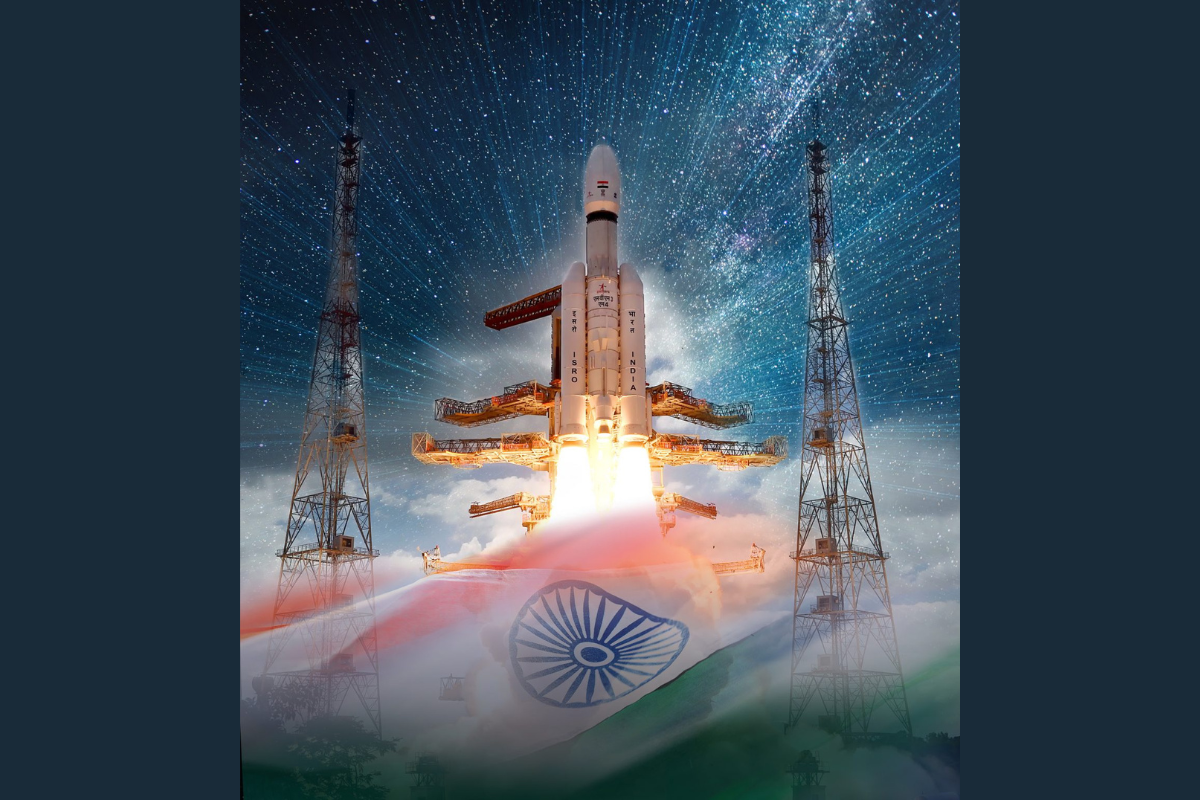
“No other country has achieved that,” he said, after watching the landing from South Africa. While the United States, China and the Soviet Union have all landed on the Moon in the past, India is the first nation to land anywhere other than its equatorial region.
“We are witnessing history.”
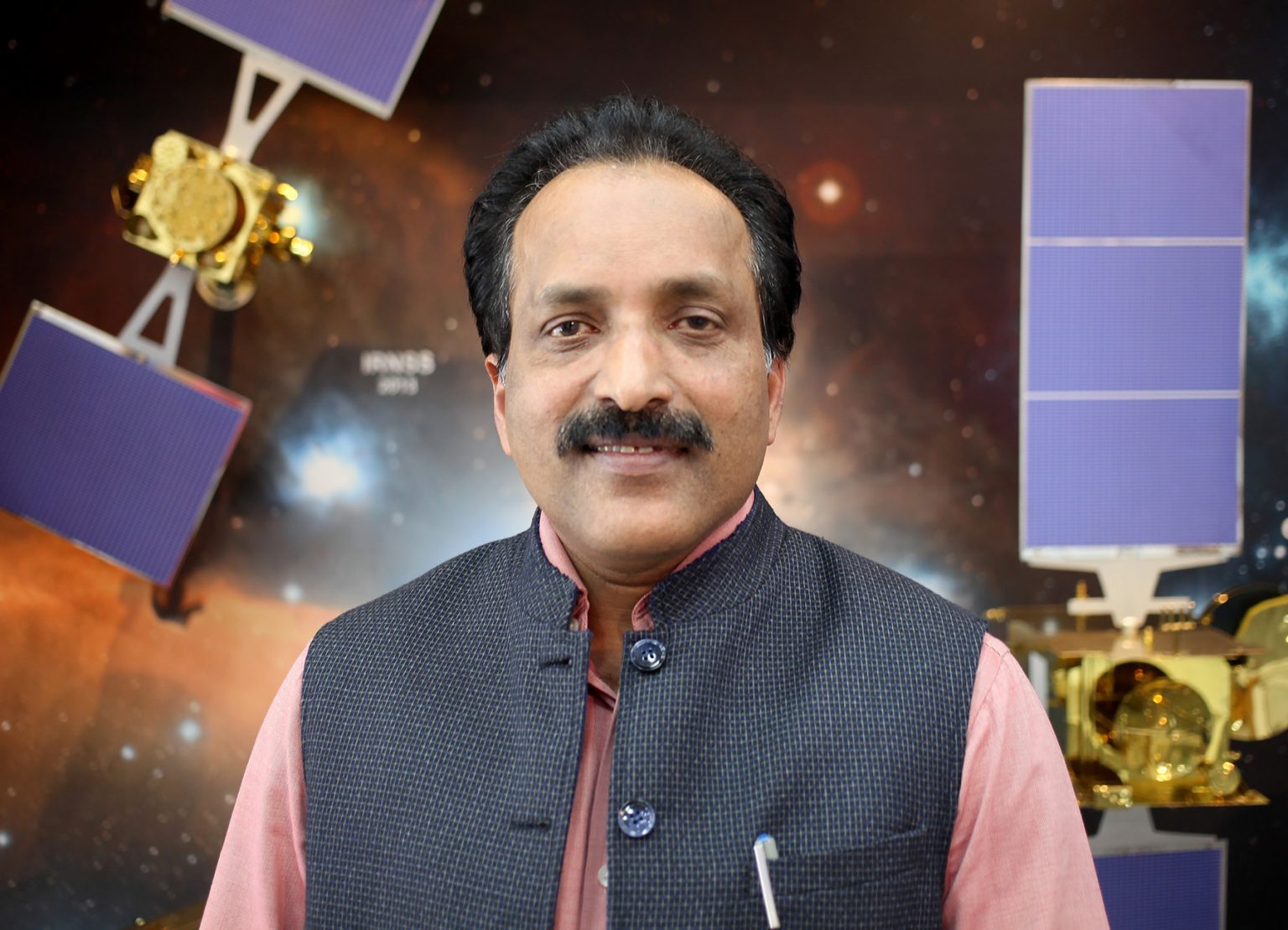
While many of us are content to simply witness history, there are those out there actively working behind the scenes to make it happen. India has enjoyed something of a space boom in recent years, with the work of a number of private sector aerospace companies drawing Indian eyes and hearts to the stars.
Despite their successes, they remain satellites in orbit around the industry’s giant, the Indian Space Research Organisation (ISRO), which is the launchpad for all things interstellar across the nation.
With the success of its Chandrayaan-3 mission, which launched Vikram, ISRO has set a new benchmark not only for its domestic peers, but for spacefaring nations around the world.
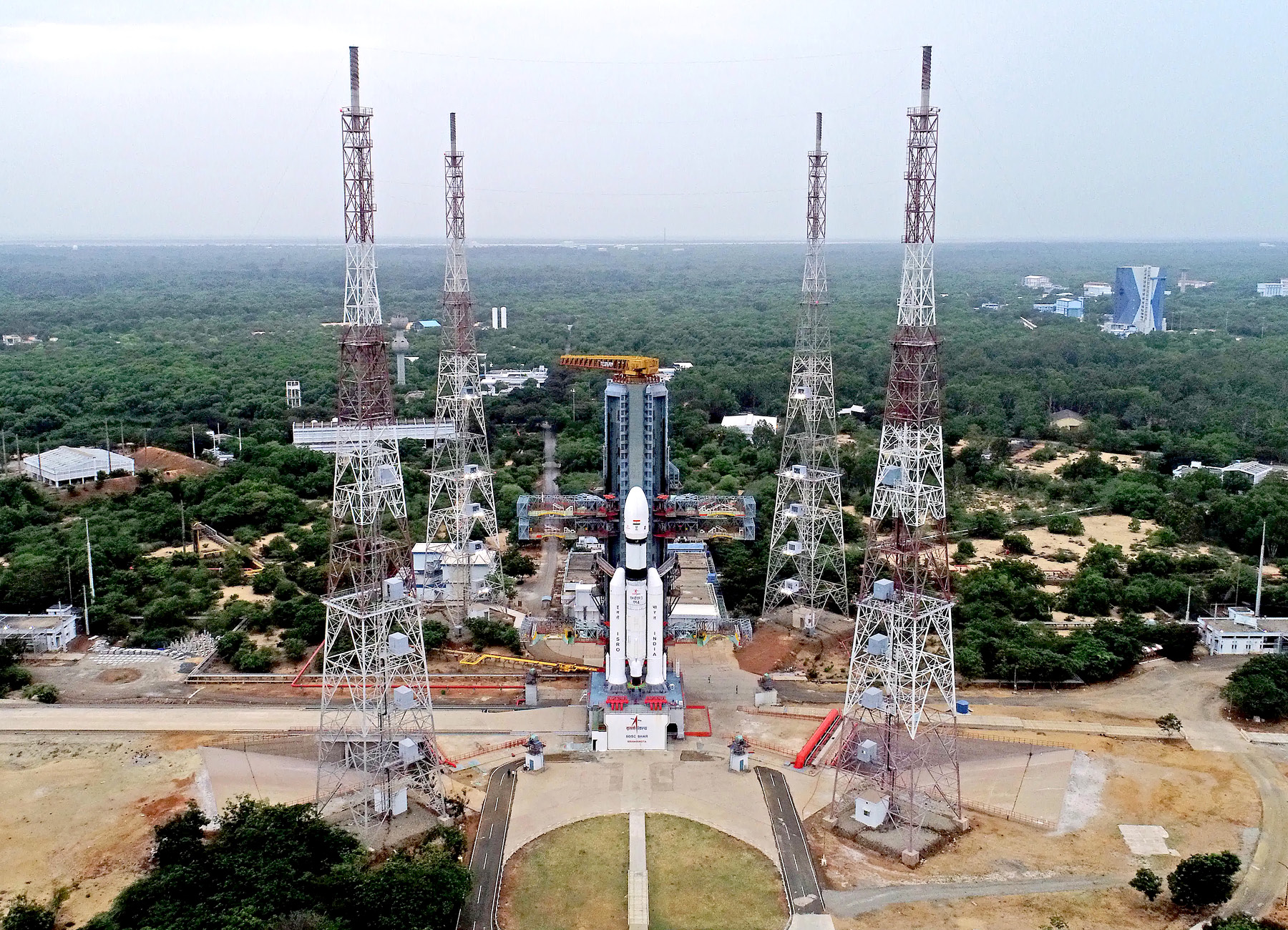
We went from developing agency to operating agency with great success.
Its Chair, Sreedhara Panicker Somanath, has chalked up the win to “the work of a generation of ISRO scientists”.
Since taking on the role of Chair in January 2022, the aerospace engineer has worked tirelessly with his team to make the soft moon landing a reality, but credits the achievement not just to his peers but to the entire nation.
Regaining faith
The first Indian orbital launch came in 1980, when the ISRO’s SLV-3 successfully breached Earth’s atmosphere.
India’s space program has progressed steadily since, although it has flown under the radar compared to NASA’s efforts.
“I’ve been with ISRO for 38 years,” Somanath tells The CEO Magazine. “When I joined in 1985, ISRO was not in good shape because we had no rocket program of our own. All we had was the SLV-3 rocket launcher project, and two of its missions had failed by the time I joined as an engineer in the PSLV rocket design development team.”
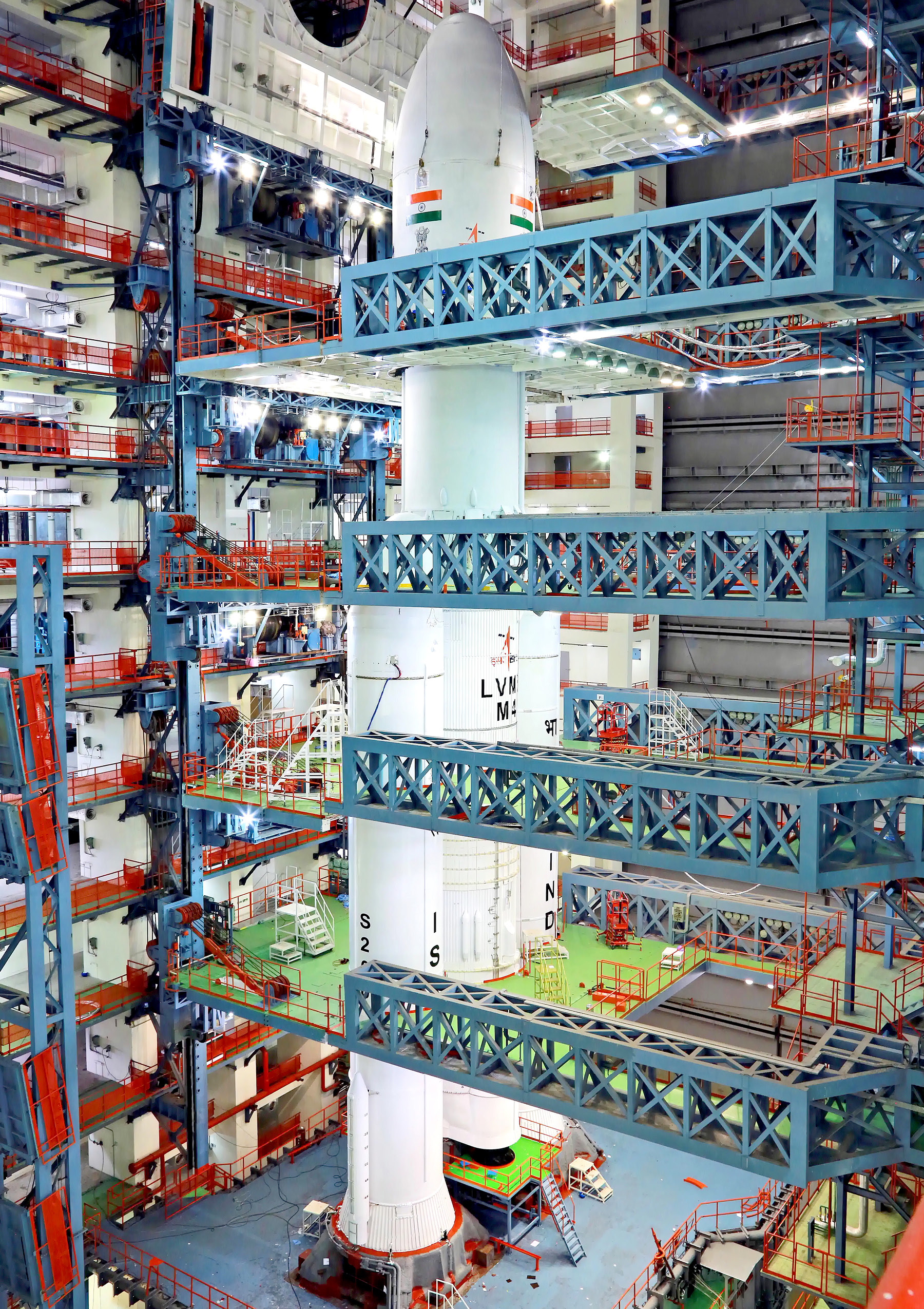
The entire reputation of ISRO was at stake.
The failures had caused the public to lose faith in ISRO’s capabilities, and dimmed belief that India’s dreams of space travel would ever be realized.“The entire reputation of ISRO was at stake,” Somanath says.
“But I could see many drastic changes happening, and with the success of PSLV, we were able to launch our own satellites. That changed our fate substantially.”
Looking local
Somanath served ISRO in one engineering capacity or another across a variety of departments, during which time many outsourced technologies were replaced with Indian-made equivalents.
“We went from developing agency to operating agency with great success,” Somanath says. “Naturally ISRO’s reputation and overall configuration improved.”
In 2014, Somanath became Mission Director of the organization’s first rocket mission.
“I directly participated in the conception and launch of ISRO’s leading rockets, PSLV and LVM-3,” he says.
Much of ISRO’s success during this time came down to heavy investment in domestic talent and innovations. “We started developing newer technologies and facilities,” he says.

We haven’t increased the overall number of people on the ISRO team, but we’re able to handle many more tasks and operations.
“We haven’t increased the overall number of people on the ISRO team, but we’re able to handle many more tasks and operations.”
The successes have been significant. In 2008, lunar probe Chandrayaan-1 made history when it discovered water on the Moon, specifically at its south pole.
Now, that discovery has been pursued – and, it’s hoped, will be deepened – by the landing of Chandrayaan-3.
A guiding light
A clearer picture of the Moon’s composition provided by Chandrayaan-3 will help India achieve its lofty cosmic goals. In 2018, Modi announced the advent of Indian human spaceflight by 2022. ISRO’s work since then has mostly supported that aim.
“The recent announcement of space sector reforms has led to a new transition for ISRO, one I have a responsibility to oversee,” Somanath says.
“We want to inspire Indians to join the space sector, especially the private domain.”
For the longest time, fostering local talent was a matter solely handled by ISRO, but no longer. “The Indian private sector has really developed when it comes to space,” he says.
“Now we work with private companies to produce rockets and satellites and deploy applications for commercial purposes. We’re facilitating that transition so India’s economy in the space sector can substantially increase.”
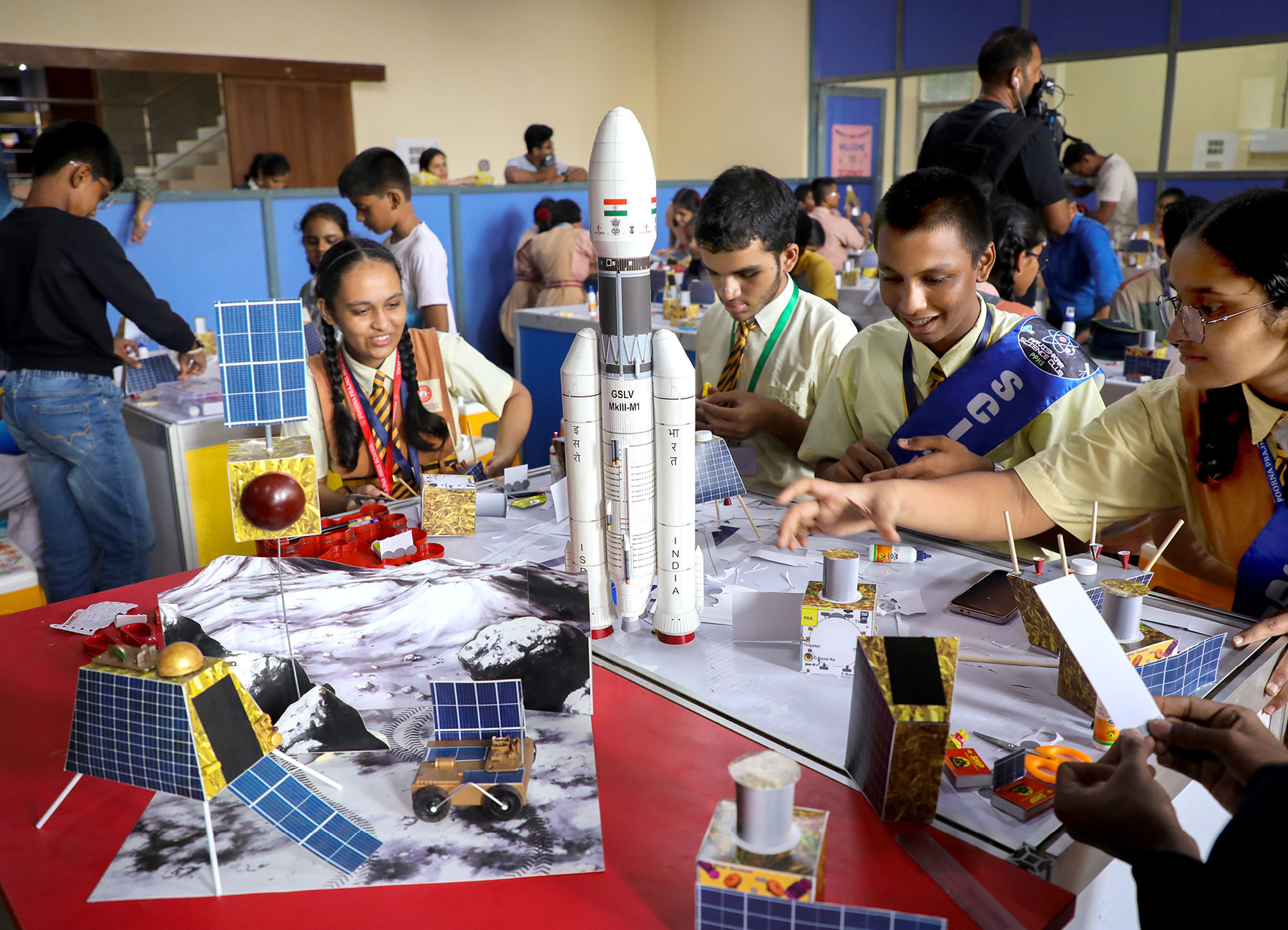
We want to inspire Indians to join the space sector.
A part of that movement was the 2019 creation of NewSpace India, a Department of Space initiative under the ISRO banner designed to tap into India’s deep well of engineering talent to advance the nation’s push past Earth’s atmosphere.
While NewSpace and the private sector adapt to their new roles, so too will ISRO. “We’re going to become a source of knowledge,” Somanath says.
“We’ll be concentrating on research and development in the space sector, especially dealing with strategic developments of technology and missions which are exploratory in nature.”
Dreaming big
August’s touchdown has been one giant leap in that respect.
By landing on the moon, Chandrayaan-3 has literally gone where no Chandrayaan has gone before – intact, at least. Its predecessor Chandrayaan-2 was intended to study the lunar surface, but crashed on the Moon in 2019 after a software glitch.
The setback didn’t stop ISRO from pursuing its goal, however. Two months after the loss of Chandrayaan-2, ISRO announced a new lunar lander mission would be launched in 2023. The rest, now, is history made against all odds.
“Our major challenge remains to develop the Indian space industry,” Somanath says. “Our manufacturing core system in space is still in a nascent stage. It’s not fully developed like the United States.
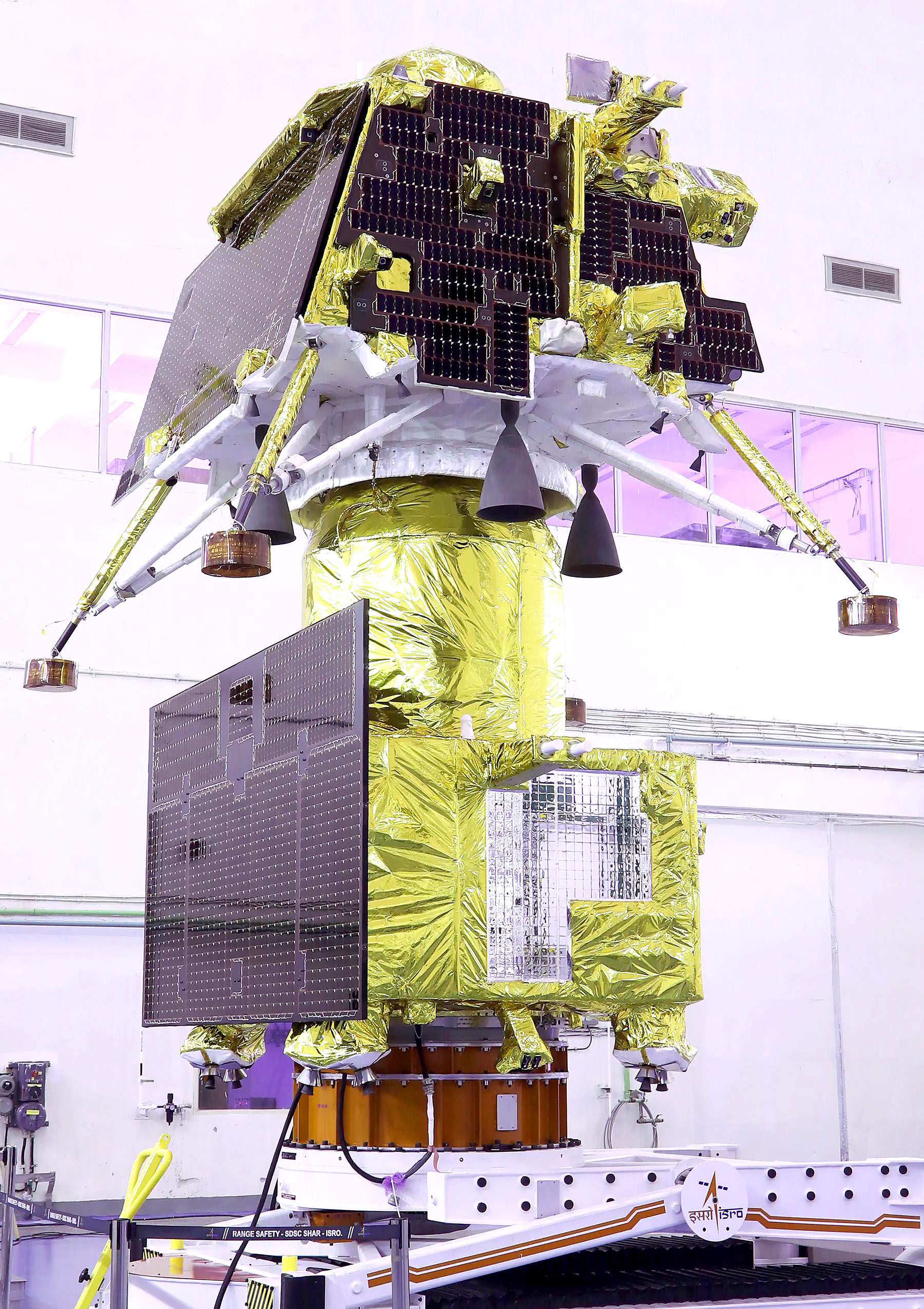
It was decided that the organization would work to meet the aspirations of the people. Whatever we need to do, we simply develop and do it.
“We can’t go to any company and ask for things to be done. We have to go beyond this and we need the industries around us to reach a level where that’s possible.”
Until that day, ISRO will continue to push boundaries and provide Indians with a way to dream big and explore even bigger.
“Nobody demands we do what we do. Even the Indian government isn’t telling us to do this launch or make that satellite. Basically, as a government department, we foresee what the nation needs and we work on it. It’s a very simple agenda,” he says.
“When ISRO was created way back in the 1960s, it was decided that the organization would work to meet the aspirations of the people. Whatever we need to do, we simply develop and do it.”
Strong foundations
With that in mind, the Chandrayaan-3 achievement is even more impressive. But Somanath is quick to point out that it was a team effort.
“We don’t have competition in a traditional sense, and so we work together with our partners and with the industry. When things scale up, competition will come, but that’s much later,” he says.
“Today, we have a great opportunity to collaborate and create a strong foundation for what this sector can be in the future.”
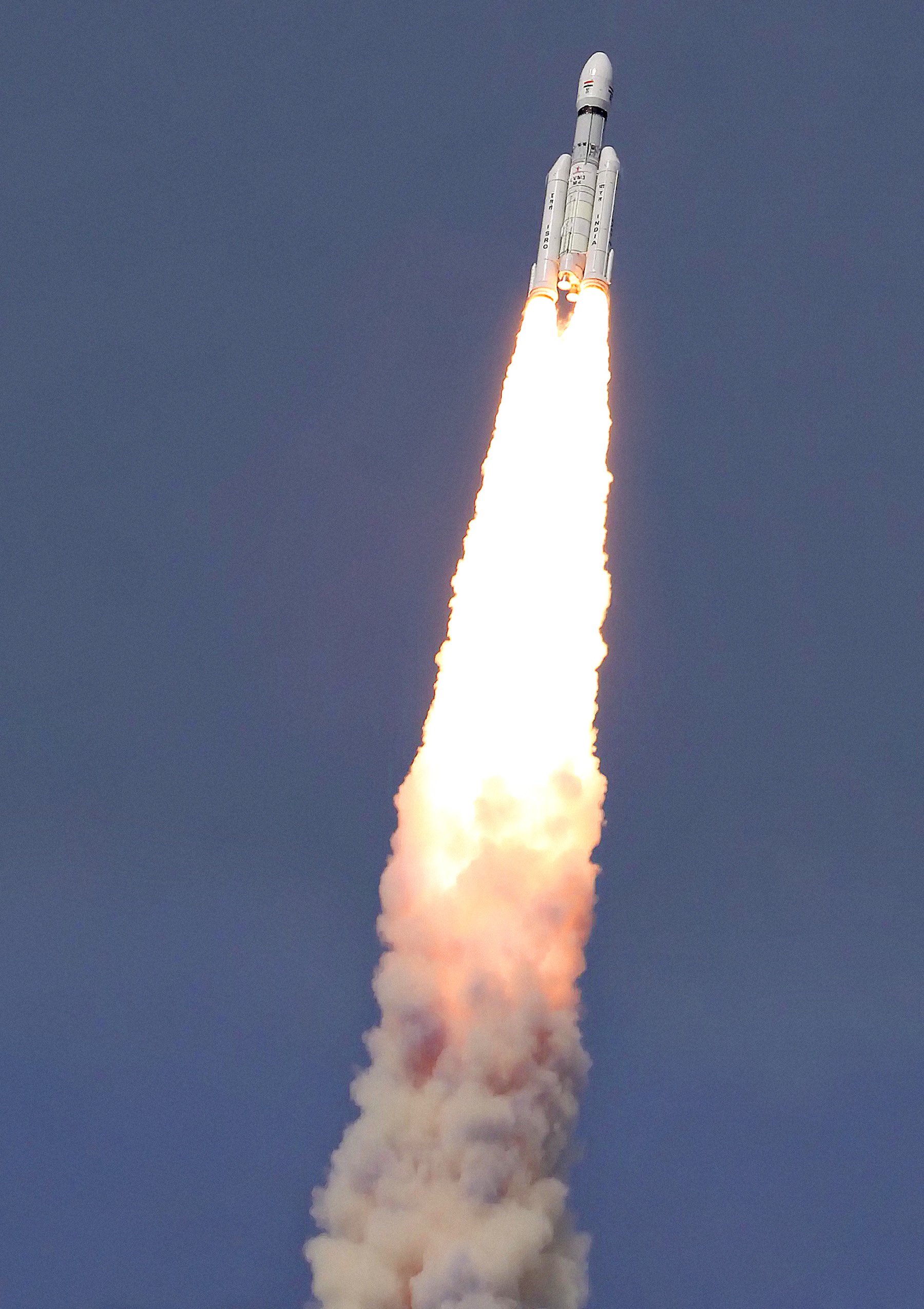
To me, space is an inspirational sector.
The thrusters of Chandrayaan-3 have carried a nation’s talent and aspirations far beyond Earth’s pull – truly an astronomical achievement. Under Somanath’s watchful eye, it seems that for India, the sky is no longer the limit.
“To me, space is an inspirational sector,” he says. “Every time we launch, many young people are inspired to join the industry. We need to continue to create that energy and enthusiasm in the minds of the people.”


